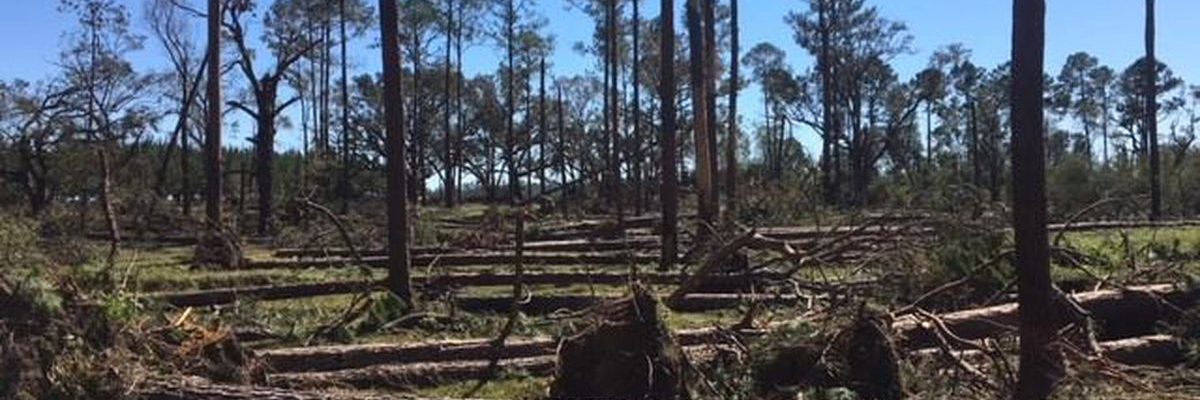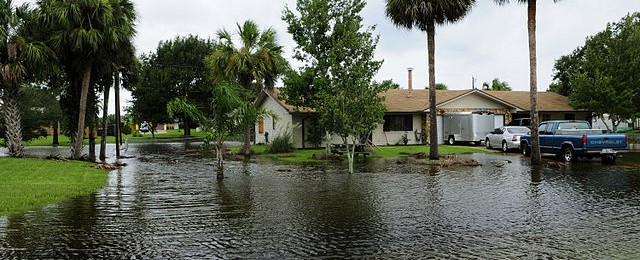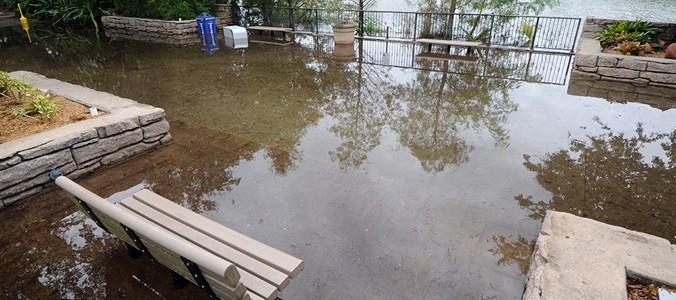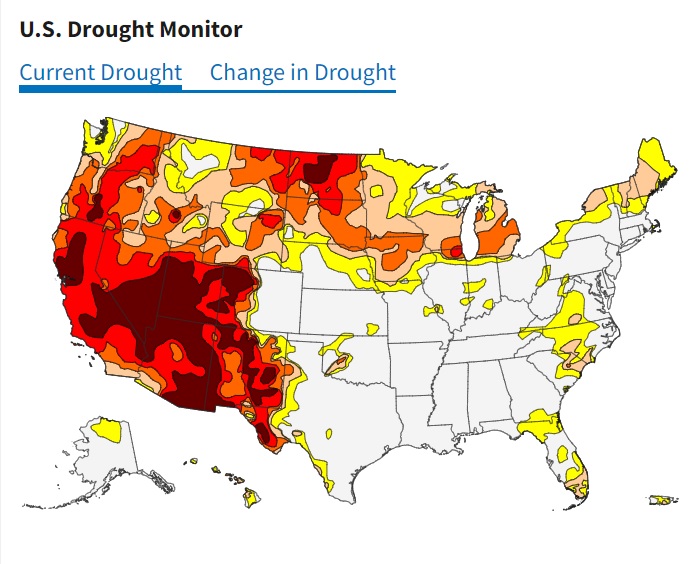Climate and Ag in the news
-

Estimating damage following a major hurricane can be difficult, as many extension agents in the Southeast know after the spate of hurricanes and tropical storms that have traveled across the region in the last five years or so. Here is a story from Morning Ag Clips that describes preliminary agricultural damage to Louisiana from Hurricane…
-

Now that we are in fall, we can expect to see more frequent formation of fog, especially in the mornings and late in the day as the air cools down to a temperature that allows water vapor to condense. Earth Networks has a new video and web page that gives a good description of how…
-

A new study of coastal residents in flood-prone areas of Florida has shown that people who had seen maps designating that where they live are areas threatened by rising sea levels are less likely to believe that climate change was taking place than those who had not seen the maps. They also did not think…
-

A new study out of the University of California, Davis, discussed earlier in September in Fruit Growers News shows that California grape growers in coastal areas can use less water during times of drought and cut irrigation levels without affecting crop yields or quality. According to FGN, “The findings, published Sept. 1 in the journal…
-

When you think about coastal flooding, you probably don’t realize that in many South Florida neighborhoods far from the sea, drainage is a problem that can be made worse by flooding near the ocean. The drainage gates are controlled by the water districts, and they have to balance flows in all directions. Sometimes that means…
-

Most of you know that El Nino and La Nina, collectively called the El Nino Southern Oscillation or ENSO, are arguably the biggest drivers of climate variability in the Southeast. So climate scientists are very interested in how ENSO might change as the climate gets warmer. Here is a recent blog post from Climate.gov that…
-

The North Carolina State Climate Office has posted a new blog that describes how drought is defined, how the Drought Monitor determines its level, and the problems that it has capturing agricultural drought. They also describe a project looking at how drought is communicated and what they learned about improving communication. You can read it…